15 easy ways to save water in the garden and protect your plants
These expert water-saving tips will help you conserve water in the garden, and give you the know-how to keep your plants looking at their best.
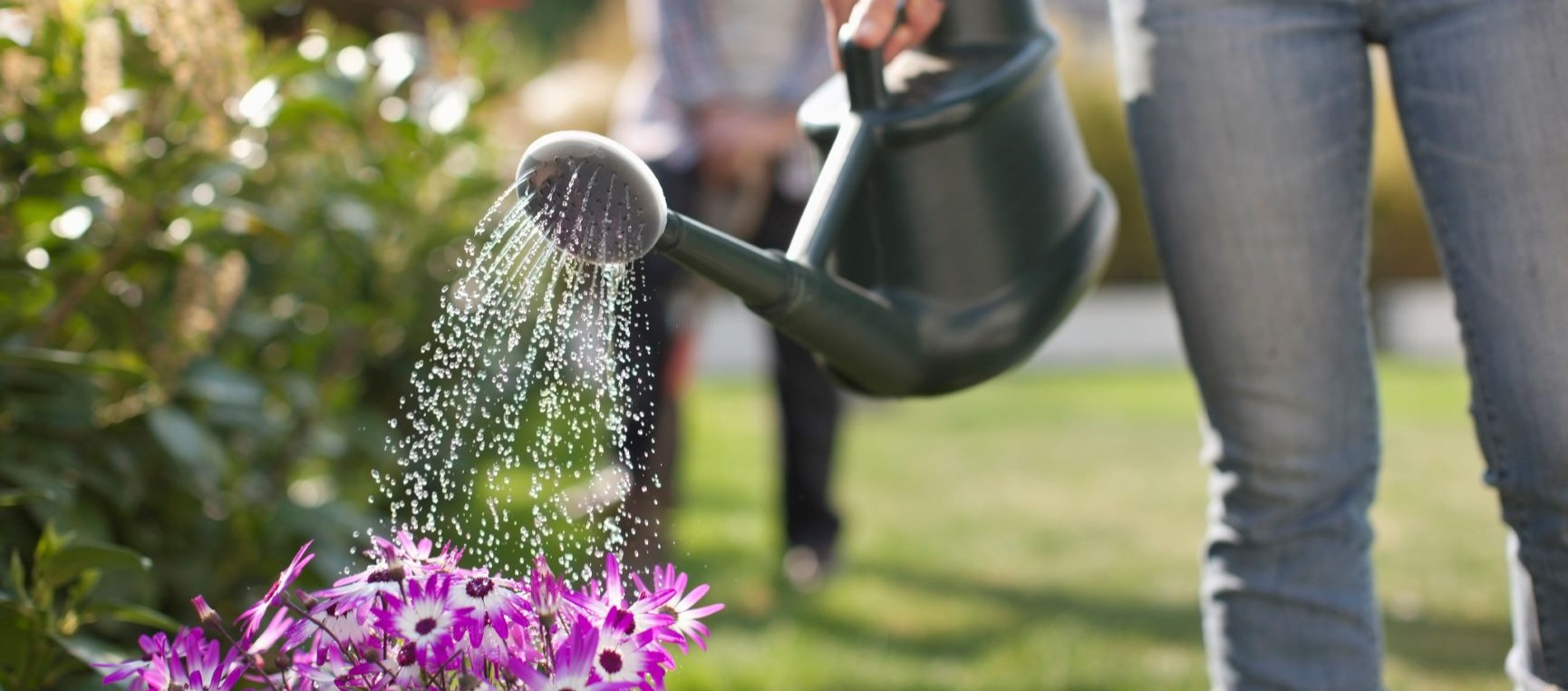
These expert water-saving tips will help you conserve water in the garden, and give you the know-how to keep your plants looking at their best.

We all love the lighter evenings and warmer weather at this time of year - and the chance to spend more time in our gardens. But how can we keep them in tip-top condition as we face hotter and drier summers?
Saving water in the garden has become something we've all had to learn to do, in part due to the increasing number of hosepipe bans and rise in home water meters.
It might mean choosing more drought-tolerant plants, watering our lawns less often, and conserving what precious water we do have.
But we can use less and still achieve a vibrant outside space. We've got 15 tips from the experts on how to save water in your garden and save money.
Rebecca Bevan, garden consultant at the National Trust, says getting a water butt is her number one tip for saving water in the garden.
Water butts can be attached to every rainwater downpipe on your home, shed, greenhouse, conservatory or even gazebo. However, Rebecca advises it’s best to attach a water butt to your house.
“It’s much more useful than on a greenhouse or shed roof, because a house roof has a much larger surface area. Therefore, in summer when you’re using the water from the butt regularly and it runs low, all it will take is one rain shower for it to fill up again.”
Bevan also stresses that it’s important to attach the water butt to your downpipe using a proper diverter kit, to avoid the water butt overflowing.
Once the water butt is full, the diverter allows the water to pass back down the drain, rather than overflowing into your garden.

Installing a water butt and using the conserved rainwater to water your plants and lawn during dry periods makes perfect sense.
“It’s a natural resource, and it’s the first choice for many keen gardeners,” says Jonathan Hill, sales director at turf and topsoil supplier, Rolawn.
“Conserving rainwater is eco-friendly, free and is actively encouraged by water companies across the UK, plus the temperature and pH levels are also perfectly suited to watering plants and lawns.”
Bear in mind that the more containers you have, the more water you’ll be able to harvest, enabling you to collect water during the rainy months for use in the summer.
Guy Barter, chief horticulturist at the Royal Horticultural Society (RHS), agrees: “Install as many as you have space for, storing plenty of water for the dry months. Place your water butt on a firm and level base and if possible, in a shady spot to keep the water cool.”
If you’re up with the lark, it’s the perfect time to get outside and water your garden. It’s cooler during the beginning and end of the day, and your plants and lawn will absorb the water before it gets a chance to evaporate.
Watering plants in the morning will also ensure they have enough moisture beneath the soil to stand the heat of the day.
Quenching your plants during the coolest parts of the day will help to avoid leaf burn – when droplets of water become scorched on leaves under the sun.
Growing the right plant in the right place is a great way to save water and help ensure your plants survive.
Barter suggests matching drought-tolerant plants, such as lavender and sedum, to warmer, drier, exposed sites, while water-tolerant plants, such as lobelia and Iris sibirica, will suit low-lying, wetter or poorly drained sites.
Bevan agrees: “If you have a flower bed in full sun, you really need drought-tolerant plants. If your soil is light and drains well, there are loads to choose from.
"On the other hand, if your soil has clay in it and gets wet in winter, you’ll need to choose carefully. I have these conditions in my garden and some of the plants which thrive are Thalictrum delavayi, Euphorbia wallichii, Sanguisorba ‘Pink Tanna’ and hardy geraniums.”

If you’re keen to have a flower border but want to avoid heavy watering, Bevan suggests creating a border in shady parts of your garden.
“There are so many plants which thrive in part shade, and you’ll find the ground there will stay cooler and wetter for longer, meaning a lush-looking border in the height of summer,” she says.
It’s also worth knowing that plants need more water when they are first put into the garden, Barter explains: “Well-established plants need less water, so the sooner you can plant them out into the garden the better.
"Aim to plant out from autumn to spring so plants can get established before the drier months.”
You can save water in the garden by learning how to water wisely.
Barter advises: “Direct the water to the base of the plant so that water is not wasted, aiming to soak deeply to avoid water loss by evaporation.”
Banking the soil around the plant will also help contain the water in the right area.
Look at your soil about a spade deep. If it’s dry, it’s time to water. If not, leave it alone.
Another tip is to water less frequently. Leigh Barnes, of Jacksons Fencing, says: “Planning ahead and limiting water usage during the summer months can actually benefit a garden.
"Plants, trees and shrubs have the best chance of survival and can withstand droughts if they are watered less frequently. Instead of watering small and often, water the plants thoroughly every 10 days. This allows plants to develop deep roots.”
The National Trust give similar advice and suggests leaving established plants and trees alone, as it only encourages surface rooting, making plants more dependent on water in the long term. Instead, focus on watering vegetable crops, potted plants and anything newly planted. Anything else will be strong enough to recover after a period without rain.
When a hosepipe ban is in place, and you’ve exhausted your water butt supply, move hanging baskets and pots to the shade and rely on grey water (see below) to give them a top-up rather than using water from the tap.
You can also place a pot under any hanging basket to make use of drips from above.
A watering can is much less wasteful than using a sprinkler or a hose and will help you to reduce and monitor the amount of water you use more easily.
Hill says: “Besides using up a lot of precious water, sprinkler systems require mains pressure and energy, and therefore cost money to run. Protect your purse and the planet by using a watering can instead.”
On top of the harvested water from a water butt, ‘grey’ water from your baths, showers and washing-up bowls can replace tap water. Simply pour the wastewater into a watering can, ready to use on your plants and lawn. And it’s another easy way to save water in the garden while reducing your water bill.
Although grey water is great to use in the garden, Hill warns: ‘It’s best to avoid water with any strong cleaning products which might be harmful to plants, especially edible varieties such as vegetables, herbs and salad leaves.”
He also recommends saving water used for cooking: “Water used for boiling vegetables, pasta or potatoes – can be left to cool and sprinkled over plants.”

Using "grey" or harvested rainwater can help you save money on your water bill if you have a water meter.
Drip irrigation is considered an efficient method of watering your garden as it reduces evaporation and puts the water where it’s needed. It involves placing drip emitters into the soil at the root zone which release water in a slow and steady fashion.
Sean Lade, managing director at Easy Garden Irrigation, says the system is 95% water-use efficient and has previously been permitted during hosepipe bans.
“You could reduce your water consumption by 90% compared to using a hosepipe."
The only stipulation water authorities provide is that you're on a metered water supply, have a timing device to control when the irrigation system turns on and off, and drip onto or under the soil. They must not spray, sprinkle, jet or mist.”
It’s a more water-efficient system than a hosepipe and worth considering as an alternative option.
Mulching plants helps to keep them moist as it reduces evaporation.
Waterwise, an independent group that campaigns on using water wisely, estimates that it can help reduce evaporation by up to 75%. Barter suggests that you can start mulching from mid-spring, using homemade compost, wood chippings, leaf mould or well-rotted manure.
“This will help keep the plants wetter for longer, and it also prevents weeds from growing, which would otherwise compete for moisture,” he adds. Anything that helps prevent weeding gets a top score from us.
The RHS, in collaboration with Cranfield University, has created a website to encourage gardeners to water the way nature intended and to pledge to switch from using mains water to natural rainwater.
Water-retaining crystals, sometimes known as hydrogels, help to retain water in your garden and are a good option when digging in mulch is not easy.
It makes them ideal for hanging baskets and pots. But how do they work? To activate the crystals, mix them evenly into your compost before adding your plants and watering well.
For maximum effect the RHS advises using the crystals with a fine-textured potting medium. They will then swell to a gel, storing the water that the plant roots can then extract. The crystals aid the slow release of water over time, reducing water evaporation from standard watering methods and the need to water as frequently.

If you love your lawn, you won’t be welcoming the news of hotter and drier summers to come.
The National Garden Scheme recommends letting your lawn go brown to help build up its resistance, as it will spring back to green after rain. And ditch the sprinkler, as it can use 1,000 litres of water an hour. Hill advises that keeping your lawn well-maintained during the autumn and spring months will give it a good grounding to survive extreme conditions during a hot summer.
But if you do water your lawn, he advises: “A good soaking every 10 days is much more effective than light daily watering, which will not reach far below the surface to the lawn’s roots.
So, when should you cut your lawn during the hot months? Nick Grey, owner of cordless home and garden appliances, manufacturer Gtech says: “If rain isn’t forecast don’t cut it. If the weatherman thinks a drought is coming, then the more length your grass has, the longer it will stay green and the faster it will recover when it rains again.”
To pot or not to pot? If that’s your question, planting into the ground rather than in pots is the best answer, according to Bevan.
“It enables the roots of plants to go deeper down and find moisture. This is especially important for roses and climbers. If you have to grow in pots, choose the biggest you can afford, use a loam-based compost and consider moving them into the shade in hot, dry weather. I’d recommend giving up on hanging baskets altogether,” she adds.
Jack Sutcliffe, co-founder of Power Sheds, says it’s worth considering the type of pots you’re using: "Getting the right pots is key in ensuring your garden stays hydrated for as long as possible. For example, an unsealed terracotta pot allows water to evaporate quickly from the soil, which leads to plants drying out and dying much sooner.
"The best solution is to either get an already sealed terracotta pot or seal it with a specialised sealer. When it comes to plastic, black plastic pots retain heat due to their colour, so choose light-coloured options to reflect the sunlight instead.”
Place a tray beneath pots to collect excess water rather than letting it drain away.

A rain garden is a shallow area of ground which receives run-off from roofs and other hard surfaces. The idea behind a rain garden is to make the most of the rain when it pours and to cultivate an area with plants that can withstand being waterlogged for up to two days.
Jenny Harris, project manager at the Wildflow and Wetlands Trust (WWT), says: “Mini-wetlands, like rain gardens, can be created in any space, taking the run-off water from our roof, filtering it through gravel and onward into a container that has stones or steps for wildlife along with appropriate plants.
"Good rain garden plants include the yellow flag iris, the purple loosestrife and the meadowsweet.”
With her 30 years of experience, Camilla Sharman has covered a wide range of sectors within the business and consumer industries both as a feature, content, and freelance writer. As a business journalist, Camilla has researched articles for many different sectors from the jewellery industry to finance and tech, charities, and the arts.
View author page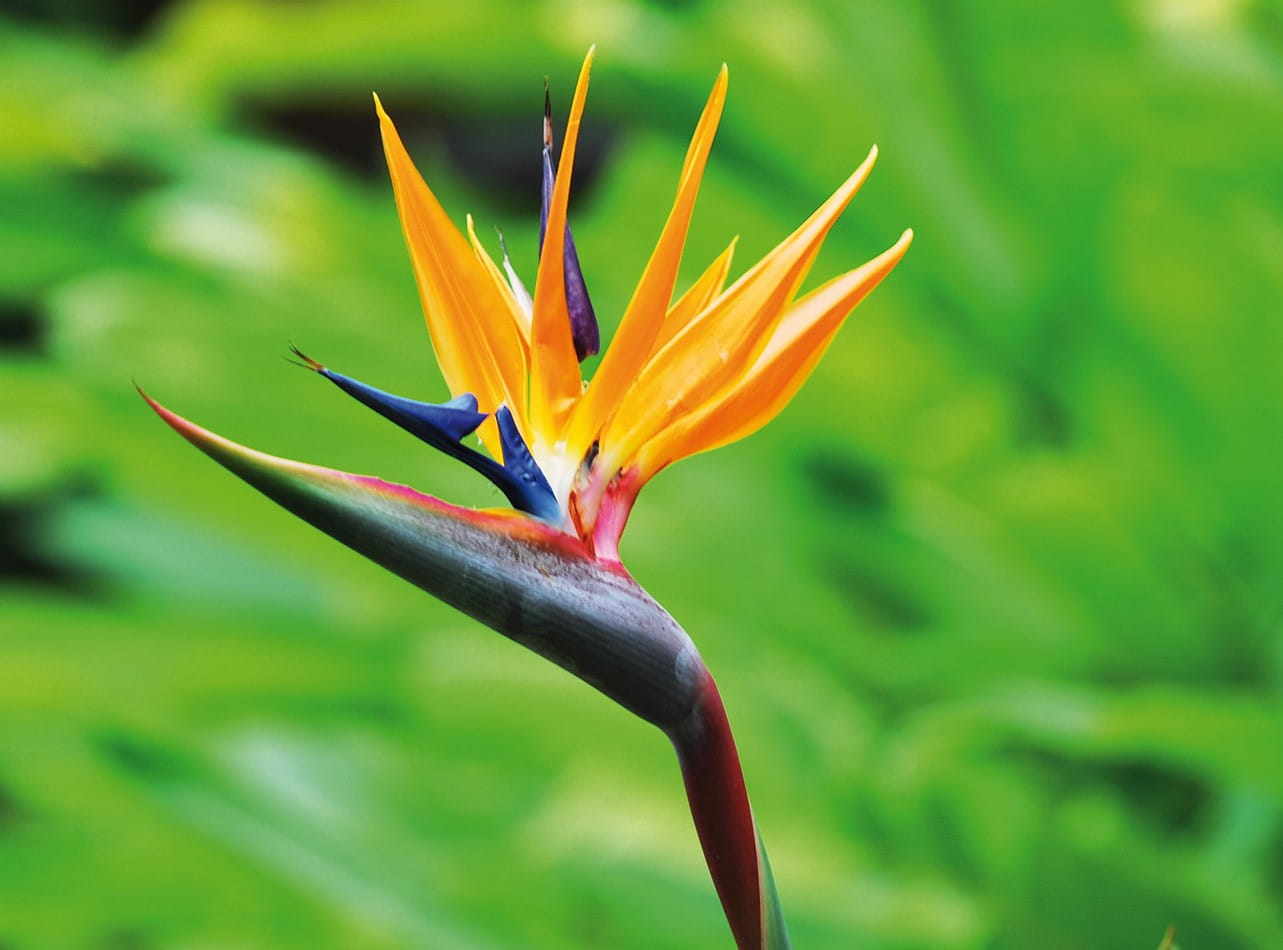
Find out about Saga's Gardening holidays here...
Explore stunning outdoor sanctuaries on Saga’s garden-themed getaways – it doesn't matter if you’re a keen horticulturist or just someone who enjoys colourful blooms.
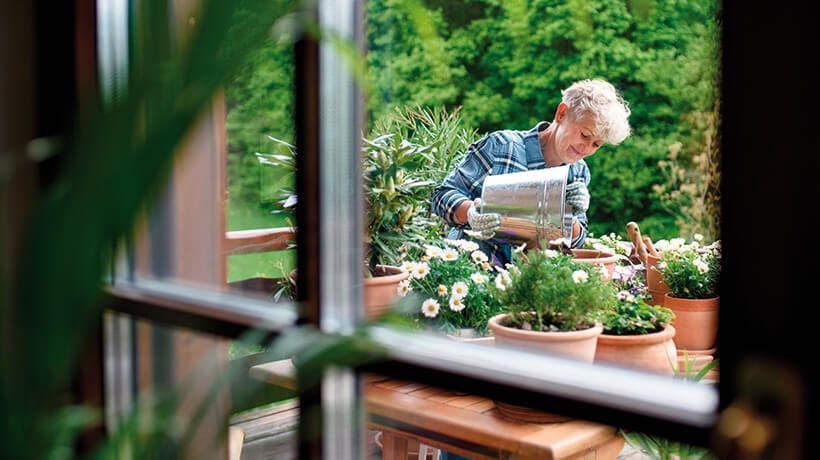
Saga Home Insurance comes with garden cover included. Find out what’s included and get tips to help secure your garden.
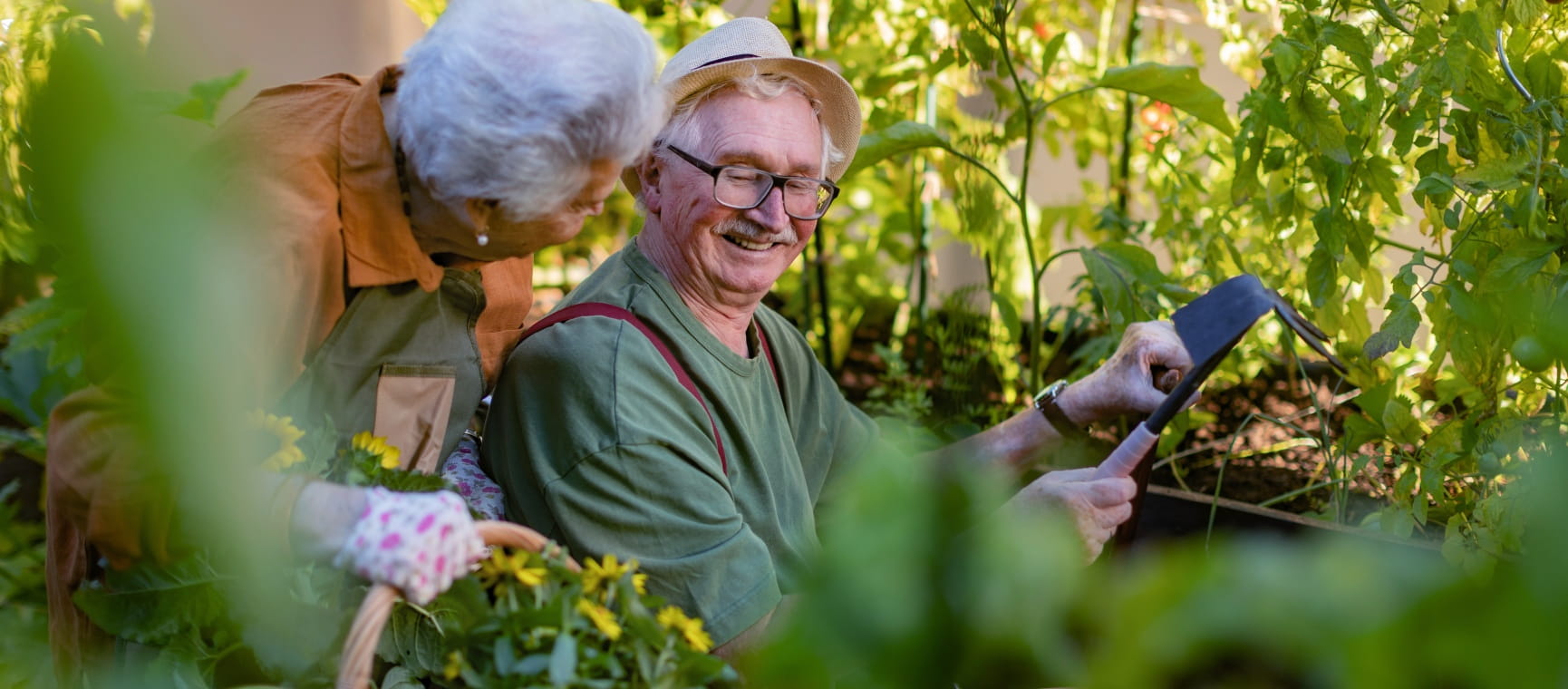
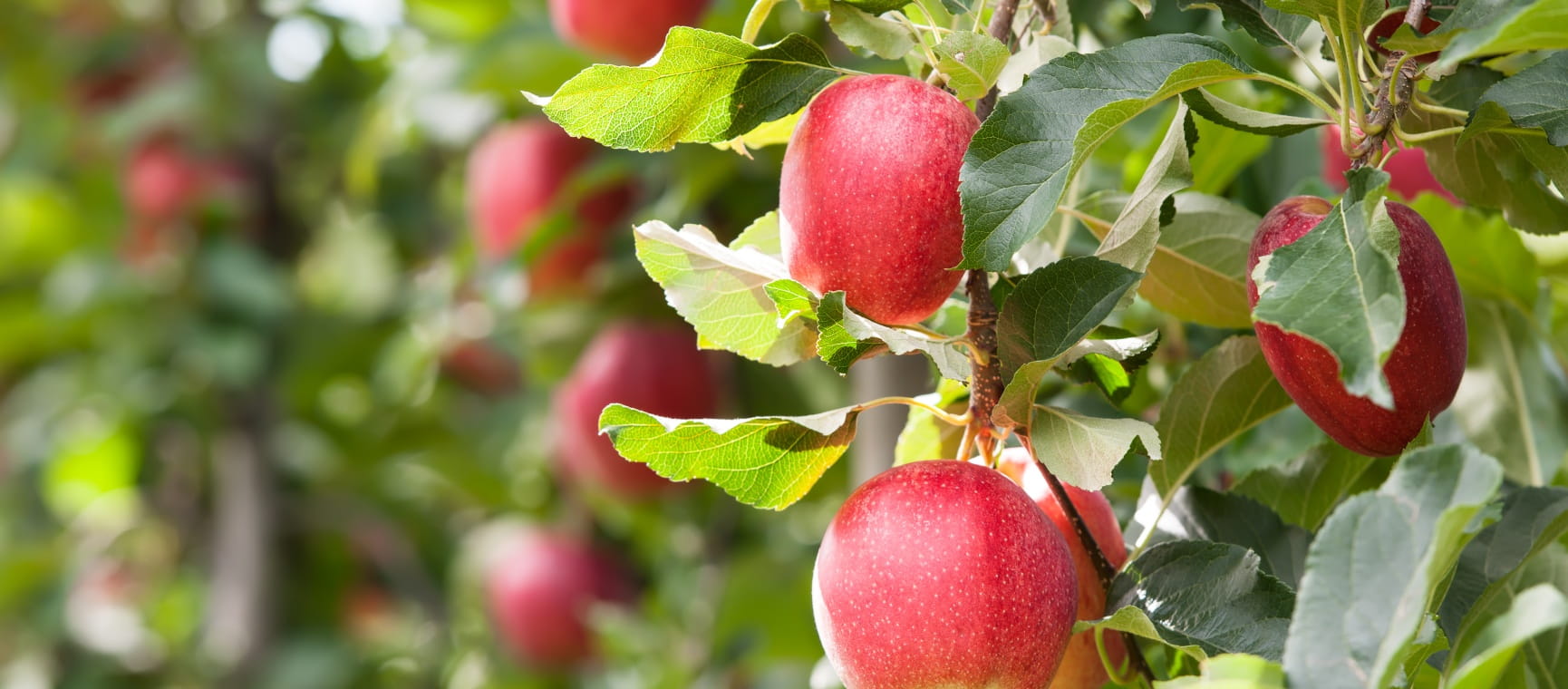
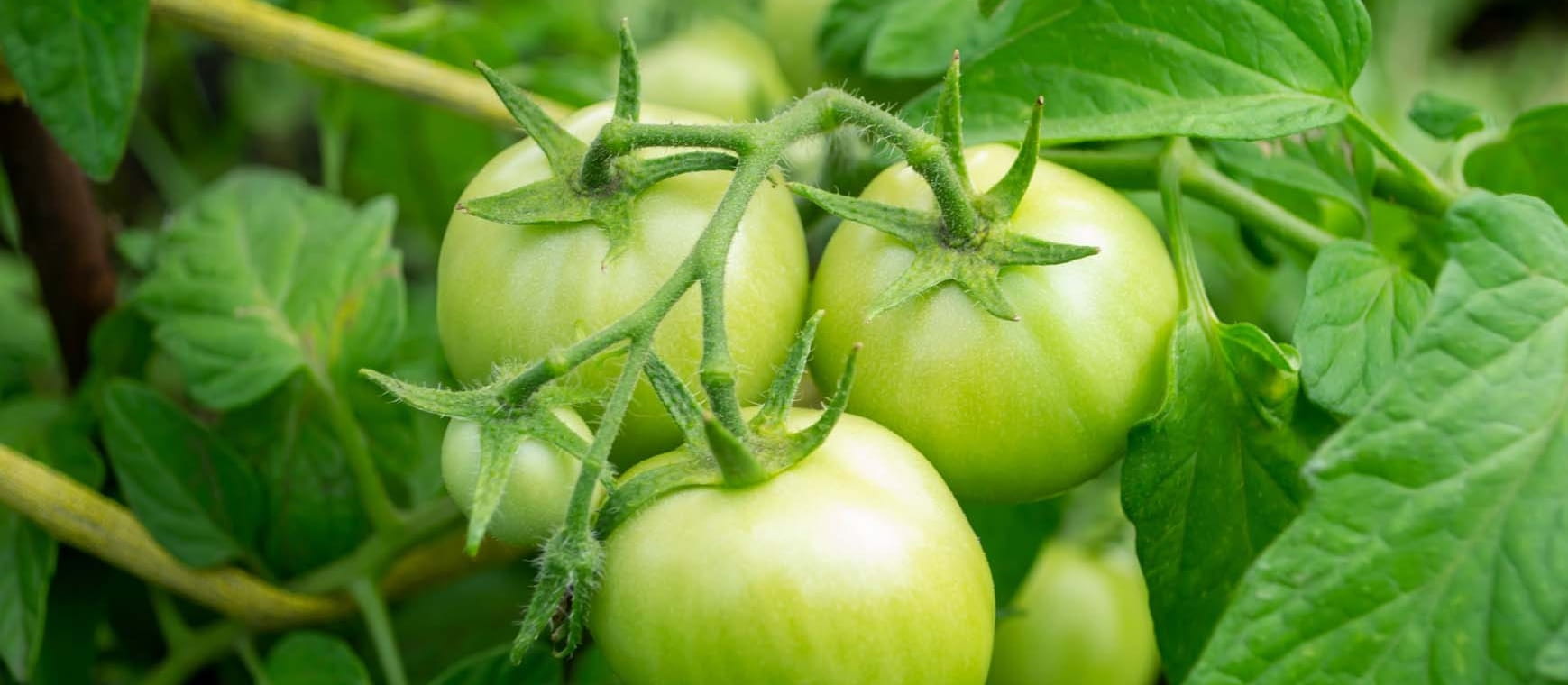


Blighted by buzzing? How to keep wasps out of your garden without harming them so you can enjoy the summer.

Our expert pruning and watering hacks include a top tip to keep them flowering from Alan Titchmarsh.

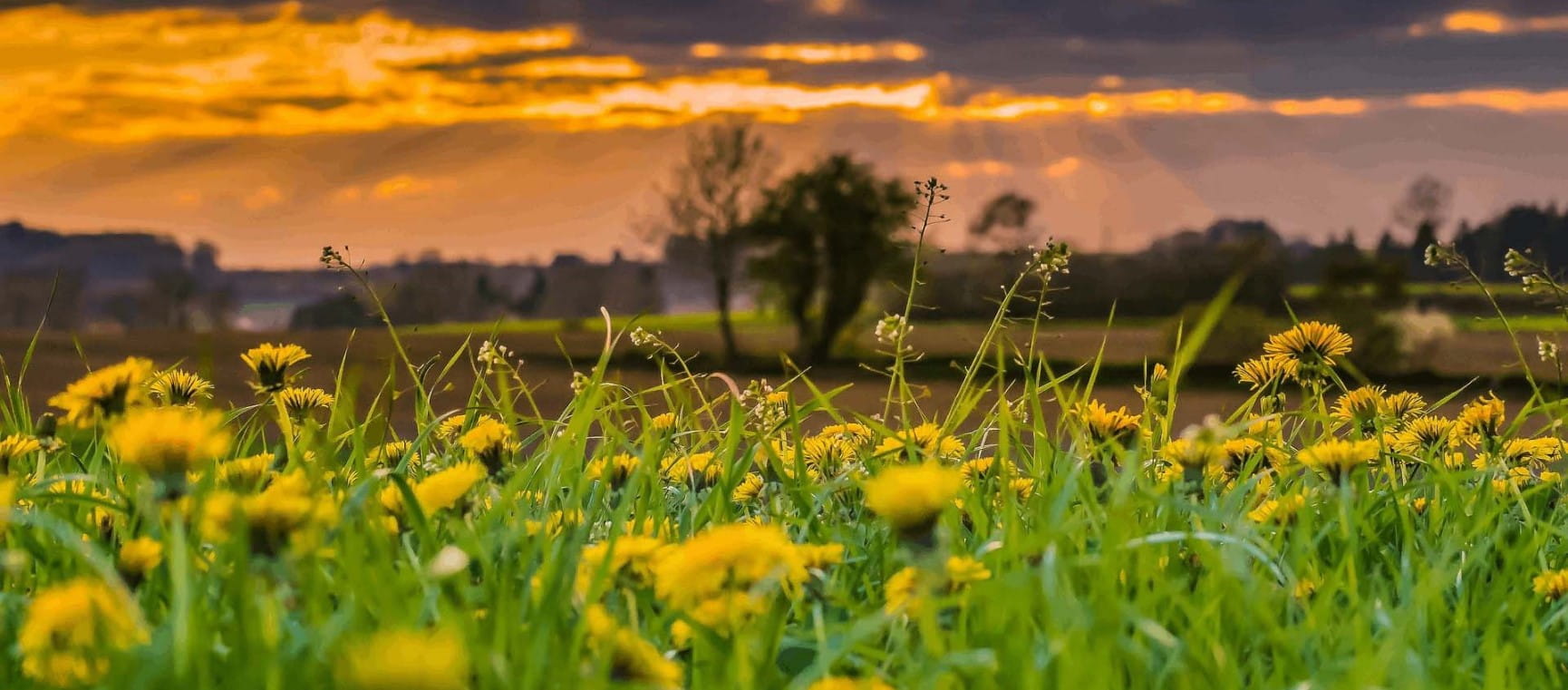
Want to know how to get rid of dandelions? Advice on how to tackle them but why they might be worth sparing.
